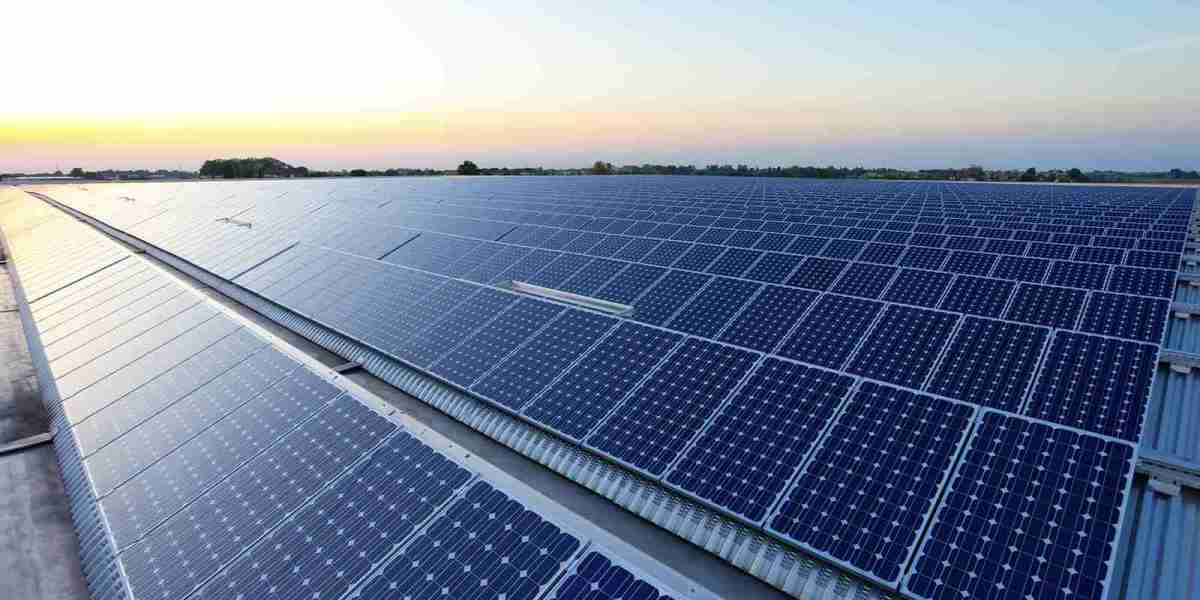The global solar panel market has seen exponential growth in recent years, driven by the urgent need to transition to renewable energy sources. Despite this progress, several significant challenges are hindering further expansion and efficient implementation. From supply chain issues to policy inconsistencies and technological constraints, the path to a sustainable solar-powered future is not without obstacles. Understanding these challenges is essential for stakeholders, including manufacturers, policymakers, and consumers, to navigate the evolving landscape.
1. Supply Chain and Raw Material Shortages
One of the most pressing issues facing the solar panel market is the shortage of critical raw materials such as silicon, silver, and rare earth elements. These materials are essential for photovoltaic (PV) cells and overall panel efficiency. The COVID-19 pandemic further disrupted global supply chains, leading to production delays, increased costs, and shipment bottlenecks. In addition, geopolitical tensions between key supplier countries have heightened the volatility of raw material availability.
For instance, China dominates the global supply of polysilicon, a core ingredient in solar cells. Any trade restrictions or environmental regulations within China can significantly impact the global solar panel supply chain. Diversification of suppliers and local sourcing strategies are being considered, but such shifts require time and investment.
2. High Production and Installation Costs
Although the cost of solar panels has significantly decreased over the past decade, high upfront production and installation expenses remain a major barrier, especially in developing countries. While government subsidies and tax incentives can help, they are not always available or sufficient. The expense of land acquisition, labor, and ancillary equipment such as inverters and batteries adds to the total cost of solar energy systems.
Moreover, inflation and fluctuating currency exchange rates in different regions contribute to pricing instability. Without cost-effective solutions, the adoption rate of solar panels can remain limited, particularly among residential and small-scale commercial users.
3. Regulatory and Policy Inconsistencies
Inconsistent energy policies and regulatory frameworks across countries and even within regions are hampering the growth of the solar panel market. Some countries provide strong incentives for solar power, while others lack clear policies or shift direction frequently due to political changes. Uncertainty around tariffs, net metering, and grid feed-in policies can deter investment and slow adoption.
Additionally, the absence of standardized certifications and permitting processes often leads to project delays and increased costs. Policymakers need to ensure consistent and supportive environments to foster long-term growth in the solar energy sector.
4. Technological Limitations and Efficiency Issues
Technological barriers continue to affect the solar panel market. While advances in panel efficiency have been made, commercial solar panels still convert only around 15% to 22% of sunlight into usable electricity. Innovations such as perovskite solar cells and bifacial panels show promise but are not yet widely adopted or proven at scale.
In many cases, outdated infrastructure and limited R&D investment restrict the deployment of newer technologies. Furthermore, integration with energy storage systems remains a significant challenge. Without efficient battery solutions, the intermittent nature of solar energy makes it difficult to ensure a steady power supply.
5. Environmental and End-of-Life Concerns
As the number of solar panels in use increases, so does the challenge of managing their disposal. Most solar panels have a lifespan of 25 to 30 years, and large-scale decommissioning is expected in the coming decades. Unfortunately, current recycling technologies are inadequate to handle the projected volume of waste effectively.
Toxic materials such as lead and cadmium in certain panel types raise additional environmental concerns if not disposed of properly. The solar industry must prioritize the development of sustainable disposal and recycling methods to ensure that green energy does not become an environmental liability.
6. Grid Integration and Infrastructure Issues
Integrating solar energy into existing power grids is a complex and often overlooked challenge. Many grids were designed for centralized energy distribution, not the decentralized generation characteristic of solar power. This mismatch can lead to inefficiencies, voltage fluctuations, and even grid instability.
Upgrading grid infrastructure to support renewable integration requires significant investment and planning. Smart grids, energy storage systems, and real-time demand management technologies are critical, but widespread implementation remains limited.
Conclusion
Despite its immense potential, the solar panel market faces multifaceted challenges that require coordinated action from governments, industries, and researchers. Addressing raw material constraints, reducing costs, ensuring policy stability, advancing technology, managing waste, and modernizing grid infrastructure are all essential steps toward a resilient and sustainable solar future. While the road is complex, overcoming these challenges is crucial for achieving global climate goals and a cleaner energy economy.




